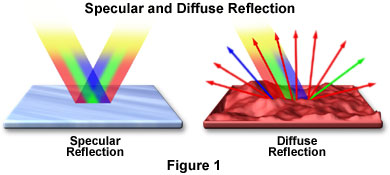

It provides free courses of Java programming language for both beginners and experienced programmers. It is an education company, which focuses on enhancing the online learning experience of students. These resources on Java tutorials are described in this article.Ĭodecademy is probably one of the best places to learn Java online. Top 30 Java Tutorials, Resources, and Courses Like other programming languages such as C++ and C, Java also allows you to store data in variables. It is necessary to compile a Java program before its execution. Java is widely used for developing web applications, software, and web portals as well. Most developers choose Java as a programming language while creating an application or working on any project because of its amazing features.

#Java reflection tutorial code
It also provides support for a multithreading feature with which you can write code that can perform several functions simultaneously. Java is an object-oriented, cross-platform, powerful and robust programming language with support for security and strong memory management. Developers have defined various configurations of Java in order to fulfill the requirements of multiple platforms such as Java EE for Enterprise Applications and Java ME for Mobile Applications. The first version of JDK was 1.0 and the latest release of Java Standard Edition is Java SE 10.
#Java reflection tutorial software
The JRE contains a Java Virtual Machine (JVM) and software tools such as Java application program interfaces (APIs) that help the development of Java applications. It was introduced with the help of Java Development Kit (JDK), which contains a Java Runtime Environment (JRE). The best surfaces for reflecting light are very smooth, such as a glass mirror or polished metal, although almost all surfaces will reflect light to some degree.Sun Microsystems developed the Java programming language in May 1995.

It is important to note that the light is not separated into its component colors because it is not being "bent" or refracted, and all wavelengths are being reflected at equal angles. This concept is often termed the Law of Reflection. Thus, the angle of incidence is equal to the angle of reflection for visible light as well as for all other wavelengths of the electromagnetic radiation spectrum. Visible white light that is directed onto the surface of a mirror at an angle (incident) is reflected back into space by the mirror surface at another angle (reflected) that is equal to the incident angle, as presented in the tutorial for the action of a sinusoidal light wave on a smooth, flat mirror. When light reflects from a smooth surface, the incoming light wave is referred to as an incident wave, and the wave that is bounced away from the surface is termed the reflected wave. Beneath the sliders, the mathematics involved in calculating the angle of the reflected wave is reviewed for each incident and reflected angle as the Incident Angle slider is adjusted. The Wavelength and Incident Angle sliders can be utilized to adjust these parameters of the wave, which will be immediately executed in the tutorial. The incident light is reflected from the surface according to the Law of Refraction and leaves with the same angle at which it arrives. The tutorial initializes with a red sinusoidal wave incident on a smooth, mirrored surface at an angle of 40 degrees. This tutorial explores the incident and reflected angles of a single light wave impacting on a smooth surface. Reflection of light (and other forms of electromagnetic radiation) occurs when the waves encounter a surface or other boundary that does not absorb the energy of the radiation and bounces the waves away from the surface.


 0 kommentar(er)
0 kommentar(er)
